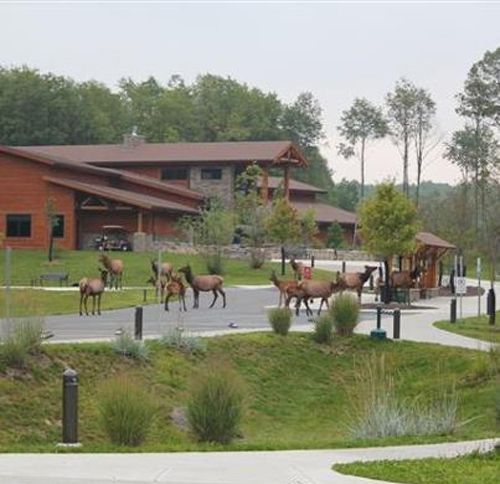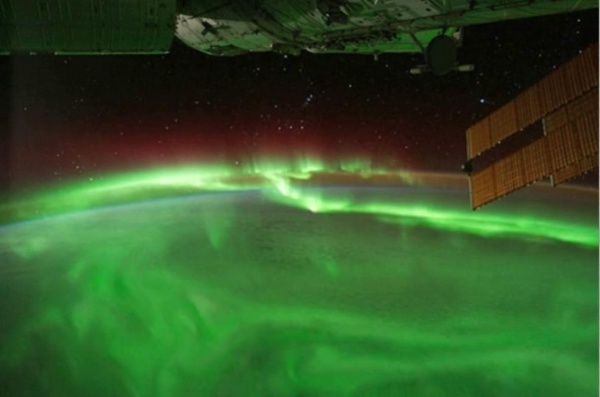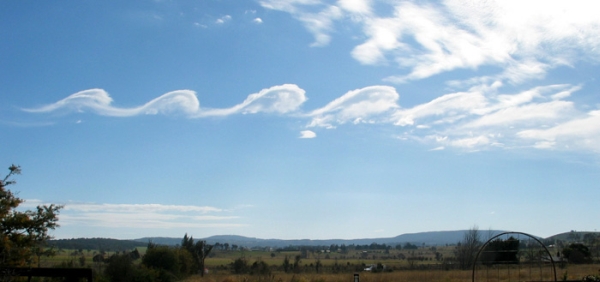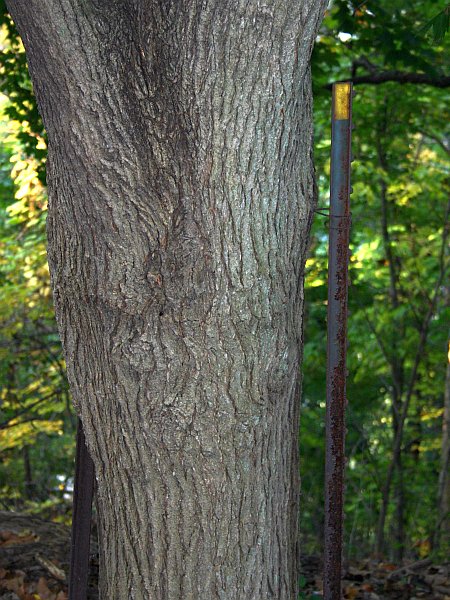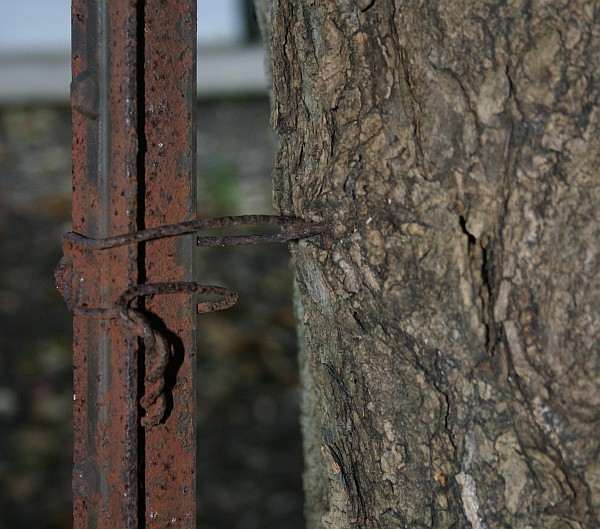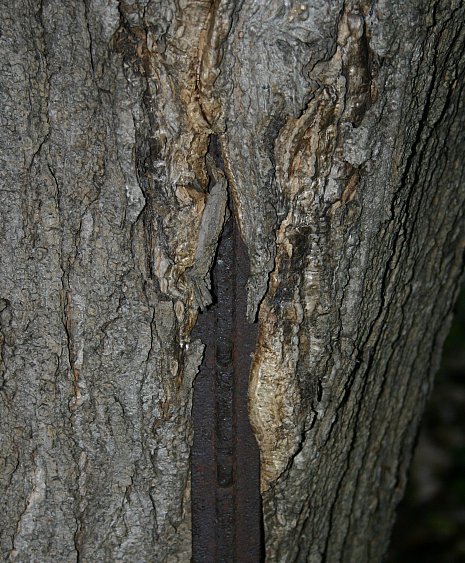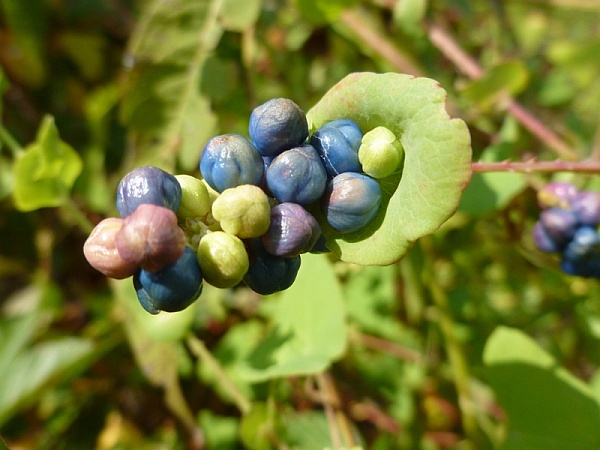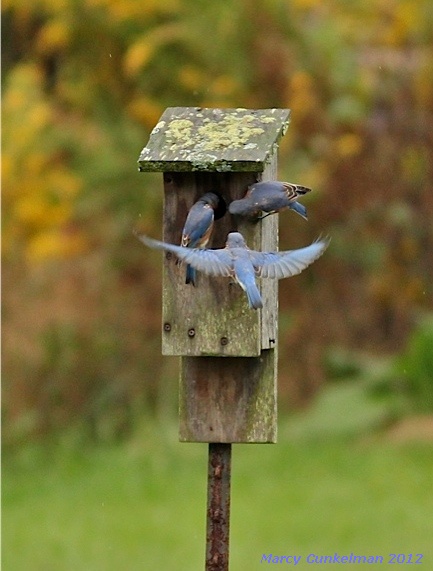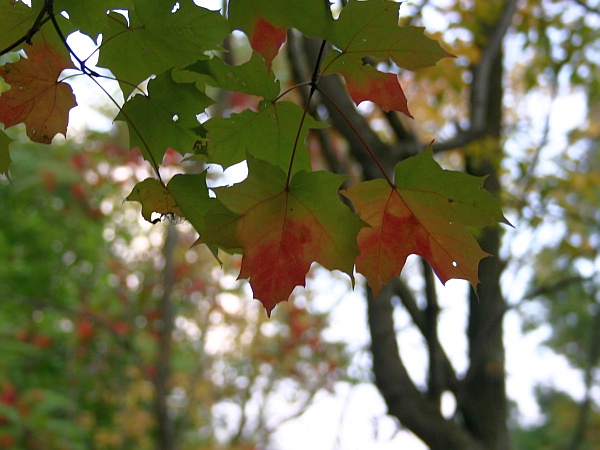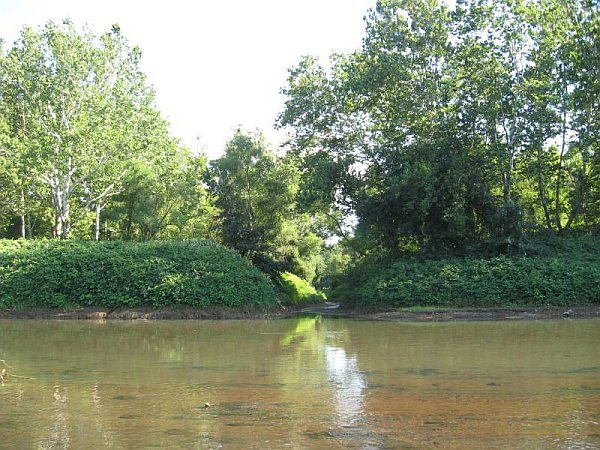
Southwestern Pennsylvania’s waterways are scenic but in many places the water is bad. This photo of the notch where Stony Run meets the Conemaugh River is a case in point. See the orange tinge on the river bottom? That’s bad water from abandoned mine drainage.
How prevalent is bad water in our area?
PittsburghTODAY recently published a map of non-attaining waterways in southwestern Pennsylvania. Using Department of Environmental Protection data, the yellow lines show where water quality is compromised by abandoned mine drainage, agricultural runoff, sewage, and other causes. The good water is blue.

Even in this thumbnail it’s easy to see that most of Allegheny County has bad surface water while most of Greene County is good. The white space in the middle of Allegheny County is the City of Pittsburgh where the streams were buried as the city was built. Click on the image to see the large map at PittsburghTODAY and drill in for a close-up.
The region’s bad water affects both our quality of life and the natural world. Where water’s impaired aquatic life is poor, there are fewer fish, fewer birds, fewer mammals and bad water for us to drink.
So why is a lot of the map yellow? It’s the legacy of coal.
During the heyday of deep mining in the early 1900’s Pennsylvania had weak or non-existent environmental laws and the state did not collect money from industry for clean up of the inevitable abandoned mine drainage. Pennsylvania eventually enacted laws to prevent new damage but there’s no money to turn all of the yellow lines into blue.
One would hope that Pennsylvania learned from this history but in my opinion (not necessarily the opinion of WQED) our state has not. Though damage is predictable from new industrial threats like Marcellus shale drilling, the state still begins with weak laws, suffers new damage, then changes the laws after the damage is done. (Click here for examples of bad water and changed laws.)
So… how’s the water?
Sad.
(photo by Tim Vechter; map from PittsburghTODAY.org. Click on the map to see the details)
